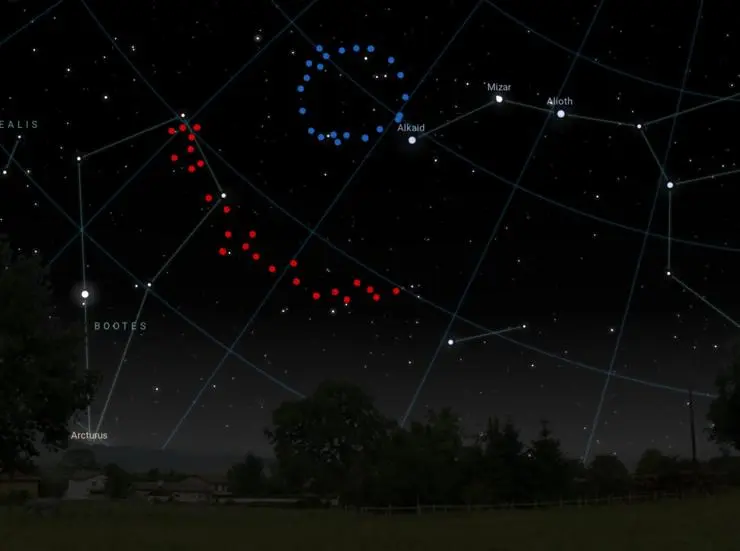Huge structure in space challenges our understanding of the universe, scientists say
The ‘Big Ring’ contradicts a fundamental assumption about the universe – and suggests it could be more structured than we realise
Your support helps us to tell the story
From reproductive rights to climate change to Big Tech, The Independent is on the ground when the story is developing. Whether it's investigating the financials of Elon Musk's pro-Trump PAC or producing our latest documentary, 'The A Word', which shines a light on the American women fighting for reproductive rights, we know how important it is to parse out the facts from the messaging.
At such a critical moment in US history, we need reporters on the ground. Your donation allows us to keep sending journalists to speak to both sides of the story.
The Independent is trusted by Americans across the entire political spectrum. And unlike many other quality news outlets, we choose not to lock Americans out of our reporting and analysis with paywalls. We believe quality journalism should be available to everyone, paid for by those who can afford it.
Your support makes all the difference.Scientists have found a vast megastructure in space that appears to challenge our understanding of the universe.
The ultra-large structure of galaxies – named the Big Ring, and stretching 1.3 billion light years across – joins the previously discovered and similar Giant Arc. Both appear in similar parts of the sky – and both are thought to be too large to exist.
The size of the pair appears to be in contradiction of a fundamental assumption about the universe, known as the Cosmological Principle. That suggests that at a certain level the universe should be similar, with no particular notable, large irregularities.

But the huge structures violate that principles since they are so large – and they are too big and too remarkable to even be possible, astronomers say. Neither of them can be easily explained in our understanding of the current universe.
“The Cosmological Principle assumes that the part of the universe we can see is viewed as a ‘fair sample’ of what we expect the rest of the universe to be like. We expect matter to be evenly distributed everywhere in space when we view the universe on a large scale, so there should be no noticeable irregularities above a certain size,” said Alexia Lopez, the University of Central Lancashire student who discovered both of the structures.
“Cosmologists calculate the current theoretical size limit of structures to be 1.2 billion light-years, yet both of these structures are much larger – the Giant Arc is almost three times bigger and the Big Ring’s circumference is comparable to the Giant Arc’s length.
“From current cosmological theories we didn’t think structures on this scale were possible. We could expect maybe one exceedingly large structure in all our observable universe. Yet, the Big Ring and the Giant Arc are two huge structures and are even cosmological neighbours, which is extraordinarily fascinating.”
Astronomers believe that new explanations might be needed to align the structures with our understanding of the rest of the universe. One might be “cosmic strings”, for instance – huge filaments created in the early universe that might have left their mark in the irregular parts of space.

Join our commenting forum
Join thought-provoking conversations, follow other Independent readers and see their replies
Comments